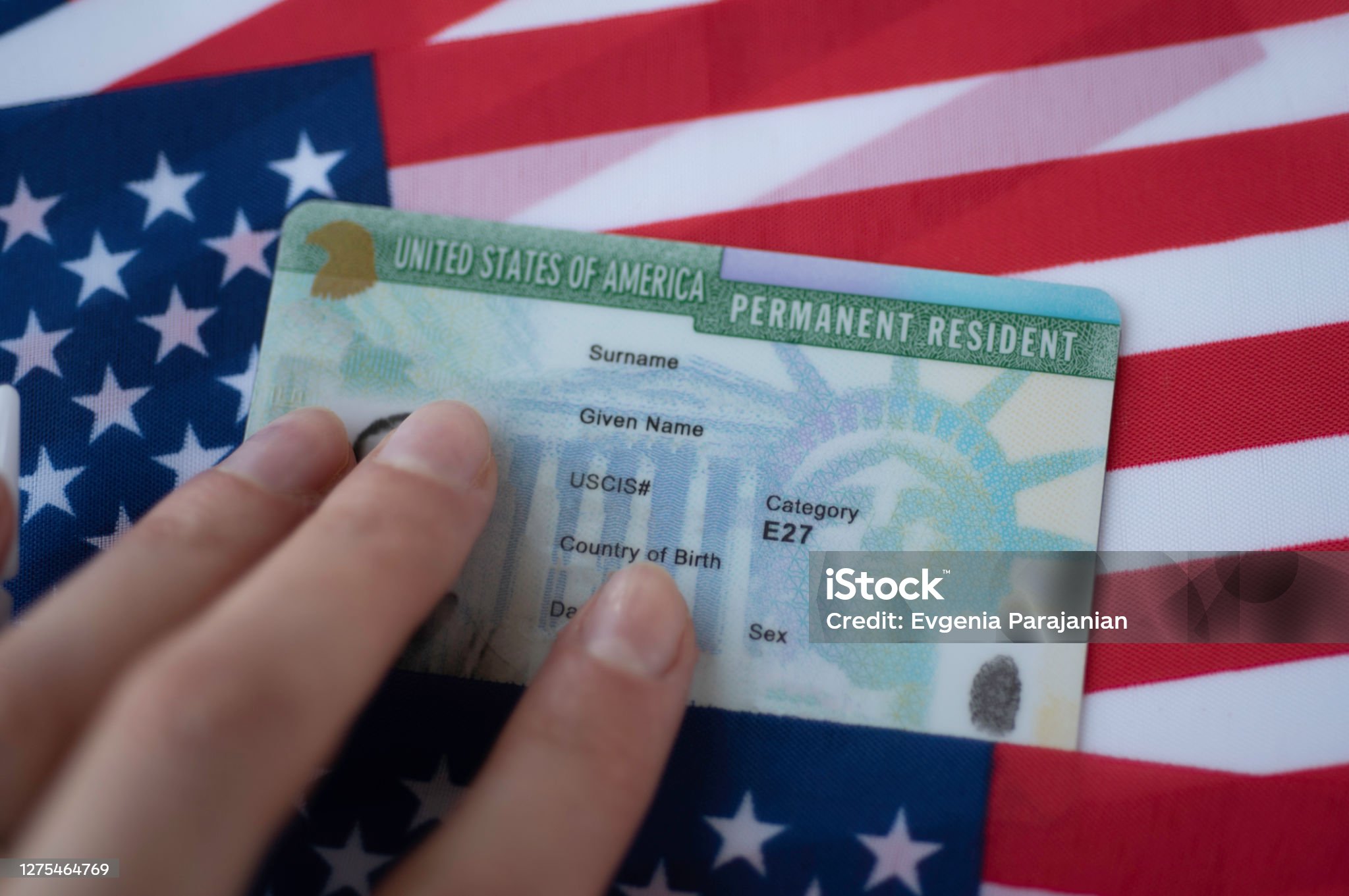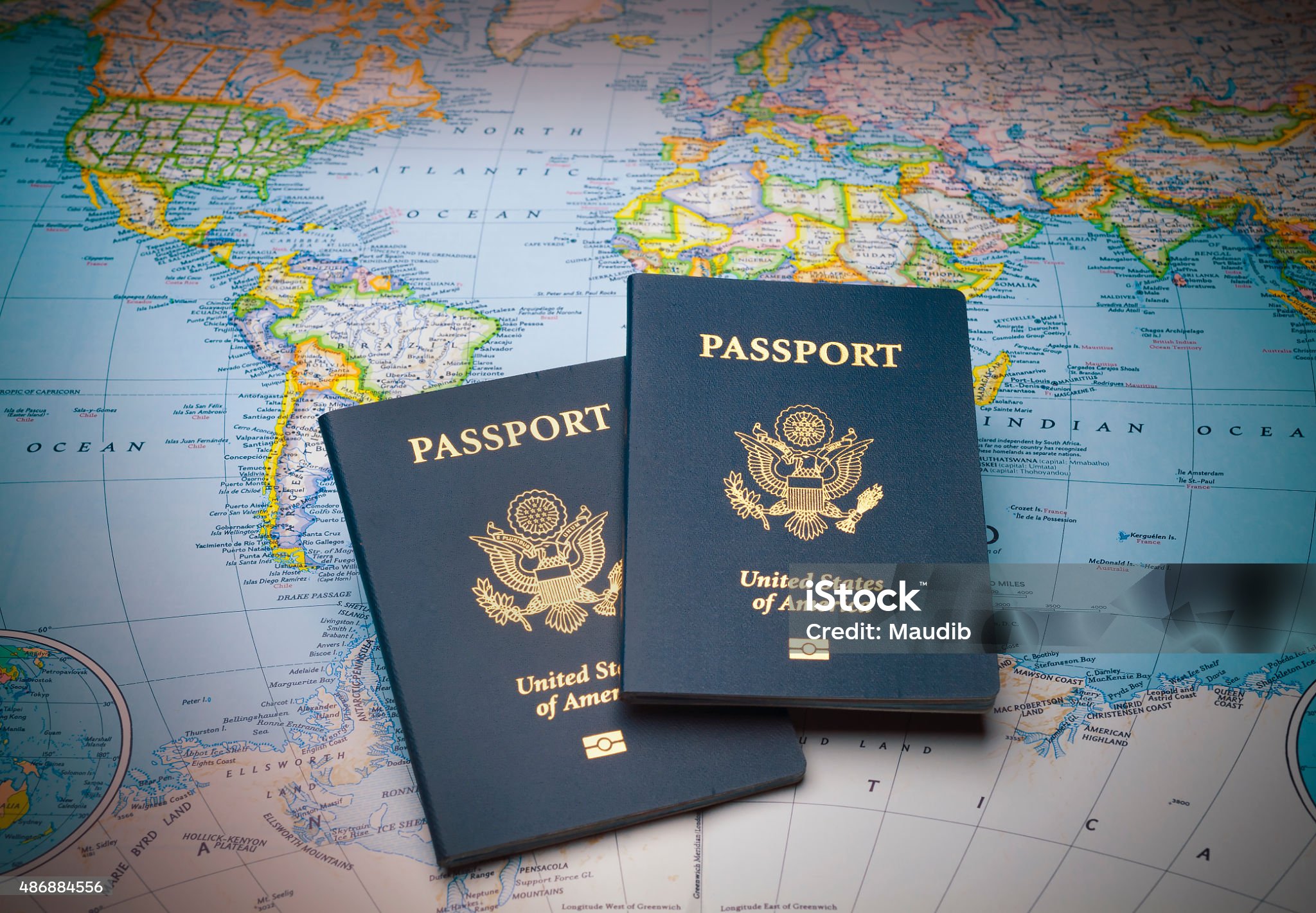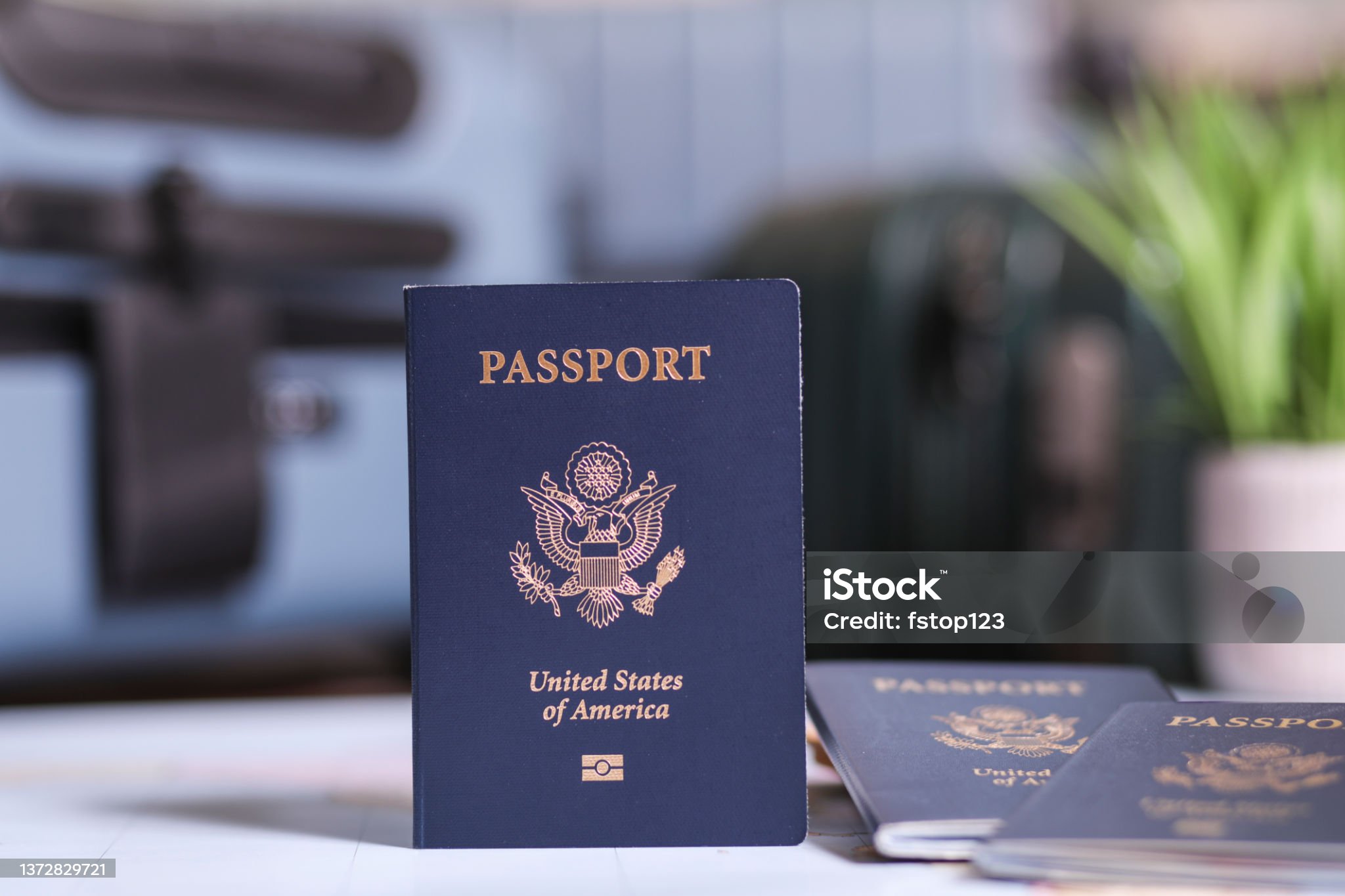A Detailed Guide on International Driver’s License and Their Security Features
A Detailed Guide on International Driver’s License and Their Security Features
Blog Article

1. Overview of Identification Documents
Personal identification documents are crucial for both individuals and society. Serving as "permissions" and "access tools," these documents ensure smooth societal operations. Various types of identification documents exist, with each fulfilling a unique role. For example, a copyright serves as proof that a person can legally drive, while a copyright verifies citizenship and facilitates international travel. These documents are highly valuable on a personal level and are key to completing various contracts, for example, when applying for a job, accessing services, purchasing insurance, or renting a vehicle. Many times, financial institutions might wish to view such documentation if the borrower seems untrustworthy or lacks a solid credit history. These documents not only serve as clear proof of identity but also as authorization for a person to fund or operate within the law.
Identification documents weren't always as integral to daily life as they are in modern times. Their significance has evolved with the changing legal and security landscapes. Technological advancements have permitted the development of security systems that far exceed the ID technologies currently available to consumers. Numerous nations are transitioning to biometric-based standards for national IDs. Some already use electronic exit technology.
Personal identification documents act as formal proof of legal status. Globally recognized identification forms, such as passports, copyright, copyright, and driver's licenses, are accepted worldwide as proof of identity at both local and international scales. People often keep these important identification papers safely secured so that they can readily access them at a moment's notice.
This discussion focuses on the importance and legitimacy of documents like the IDP, Real ID, copyright, copyright, copyright, and resident permits to raise awareness about their significance. Educational staff and the general public need to be informed about these documents, and this information might be useful in preventing loss or regaining these documents. This information is intended for both domestic and international readers to ensure they do not miss the most important documents they need for their own knowledge and ideals.
2. Legal Framework and Regulations Governing Identification Documents
The governance of identification documents depends on jurisdiction-specific laws and rules. These documents are given to individuals by issuing authorities following rules to ensure accuracy and authenticity. In some cases, identification documents are compulsory, while in other cases they serve as forms of verification or validation. The individual is obligated to adhere to the regulations of the jurisdiction where the document will be utilized. In summary, it is important for individuals to understand the local or specific legal requirements that apply to them in any jurisdiction where they expect or plan to carry out any transaction or to use such documents. Primarily, local and state government bodies regulate, issue, and control the use of certain identification documents for particular transactions.
The varying requirements of each jurisdiction and reasons for identification documents, however, can conflict with the need to travel and conduct business on an international level. Thus, it is a widespread issue when travelers struggle with unfamiliar identification regulations across countries. While it is impractical to outline all the specific regulations from each country, it is crucial to recognize that with almost 200 nations and billions of people interacting, understanding the rules is important for global travel and commerce. By not following the rules, individuals could violate another country's laws, and that is where the rules of reciprocity and international legality come into play. Failure to comply could cause legal implications, both civil and criminal, by infringing on laws about identity, privacy, commerce, trade, and human rights.
The balancing of public policies with protected rights can be complicated when establishing security standards for identification in travel. In some cases, human rights might clash with security policies requiring the highest levels of identification documentation in the fight against terrorism. In recent years, the introduction of digital mobile driver’s licenses has led countries to either update or create new laws and regulations that go beyond just technology, as this field continues to evolve. The next frontier for global travel is believed to be the use of digital identification for global travel. Even with the world moving toward mobile driver licenses, there will still be a need for a copyright, it seems, for some time into the future. 
The standard and evolution of mobile driver licenses and digital ID is occurring too. Take California as an example: roughly two years after the state passed its mobile copyright legislation, stakeholders are nearing agreement on the formal regulations for California's first mobile copyright.
3. Comparative Study of International Driver’s License, Real ID, copyright, copyright, copyright, and Resident Permit
An International Driver’s License serves as a form of identification for individuals driving in foreign countries. The International Driver’s License was never developed by the UN or international organizations as a travel facilitation tool between countries.
The Real ID is intended to be a widely accepted identification for domestic travel, along with state-issued driver’s licenses and IDs that meet federal standards. In addition to domestic travel, the Real ID can be used to enter federal sites and nuclear plants. However, the Real ID is not meant to replace a travel document, copyright, visa, or residency permit. Even though some individuals may use the Real ID abroad for personal identification or date of birth purposes, its main function is for domestic use.
More specifically, passports in the U.S. are considered a primary form of identification, not a derived one. Passports are designed to protect citizens traveling internationally and to facilitate participation in non-mandatory diplomatic meetings or treaty discussions. This is the copyright’s official and administrative purpose. The copyright also has, of course, a bureaucratic or private use. To travel internationally, or even regionally in some cases, travelers must not only possess a copyright but also adhere to various other regulations.
copyright are issued at birth and are typically required to acquire passports and other forms of official ID. In comparison, a copyright and a copyright would seem to serve the same general purpose. However, a copyright has ongoing effects. Also, even if used to obtain a copyright, a copyright cannot lead to obtaining a “second copyright”. It is irrelevant to the second copyright unless the traveler intends to pursue an unlawful second nationality.
4. Anti-Fraud Mechanisms and Security Features in Identification Documents
Several security measures are employed to safeguard against fraud, counterfeiting, and unauthorized tampering of identification documents. Many identification documents utilize features such as holograms, multi-layered images, and laser engravings for enhanced security. Other cards may feature RFID chips that store digital images and biometric data.
A number of these security components remain covert or semi-covert, including elements like special inks, watermarks, or microscopic text. All these features aim to make ID documents challenging to forge. 
In general, the level of security of an copyright should correspond to the level of trust required. For instance, a copyright doesn’t need the same high-level security features as a copyright, which is primarily used for international travel.
Technological progress has enabled the development of increasingly complex security features for identification cards. Actively promoting and adopting new security technologies is crucial to staying ahead of those attempting to copyright or commit fraud with ID documents.
Additionally, constantly assessing existing and new security features and issuance techniques is critical. This ensures that they keep pace with the ever-changing threats and advances that could compromise the security of the document.
Furthermore, an effective anti-fraud document security program should focus on proactive as well as reactive strategies. Proactive strategies involve measures such as training, public outreach, public service announcements, security conferences, and workshops.
5. Summary and Future Developments in Identification Document Technology
This document provides a global overview of various types of identification documents across different countries. Identification documents should be understood not only in terms of technical aspects like security features but also through the legal frameworks supporting their use in courtrooms.
My research shows different attitudes to the way a good document might be and how the value of the verification tool is variable according to the circumstances of where the document should be used. Additionally, ethnographic research could offer insight into how different cultures define what constitutes a reliable identification document. Comparative work also offers understanding of the differences in document legitimacy, even among countries with comparable political, economic, and social frameworks.
The future of identification documents is undergoing significant change, driven by advances in digital technology. Technology is constantly enhancing the capabilities and security of standard identification documents like eIDs IDP in response to mobile technology adoption. The main landmarks in this new convergence are biometrics and blockchain used as distributed ledgers.
The use of biometrics, particularly with “liveness” detection, will ensure accurate identity verification through real-time data collection, eliminating the risk of digital identity theft. It will go beyond our basic human rights recognized by international law and several constitutions. This access should be kept as private as possible and subject to individual consent.
The spread of digital identity indeed can raise concerns about exclusion. Many people do not have the means to access digital identities, which can be problematic. Some already speak of an “identity gap” caused and reinforced by new technologies that, with different ways of use, can generate structurally unequal levels of identity verification to access certain spheres of human society.
Digital identity systems need to be systematically compared to traditional, physical identification documents. So, apart from verifying identity, these databases are used to verify the risk levels for various transactions. Further research is needed to explore how offline verification rights translate into the digital identity space.